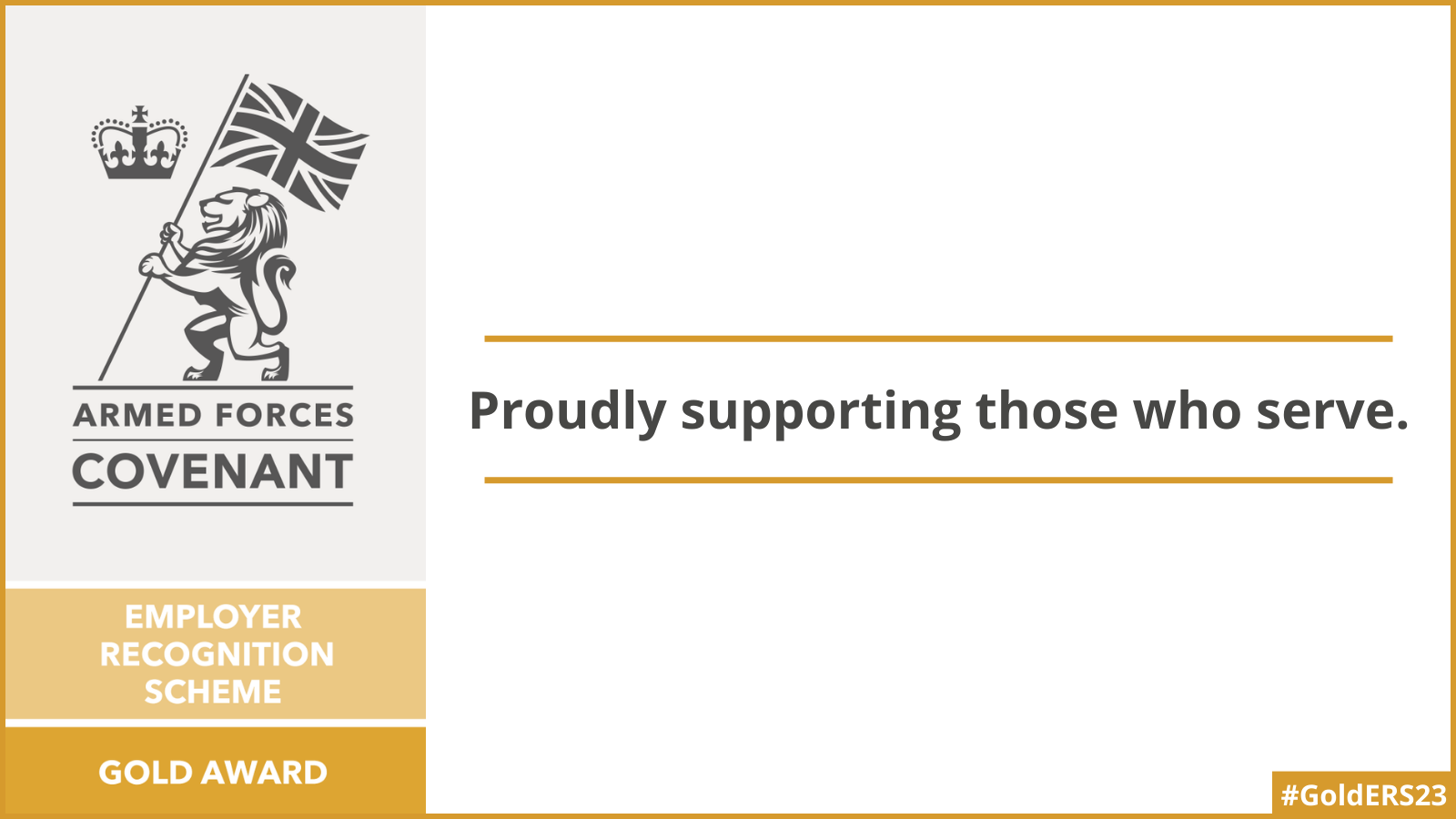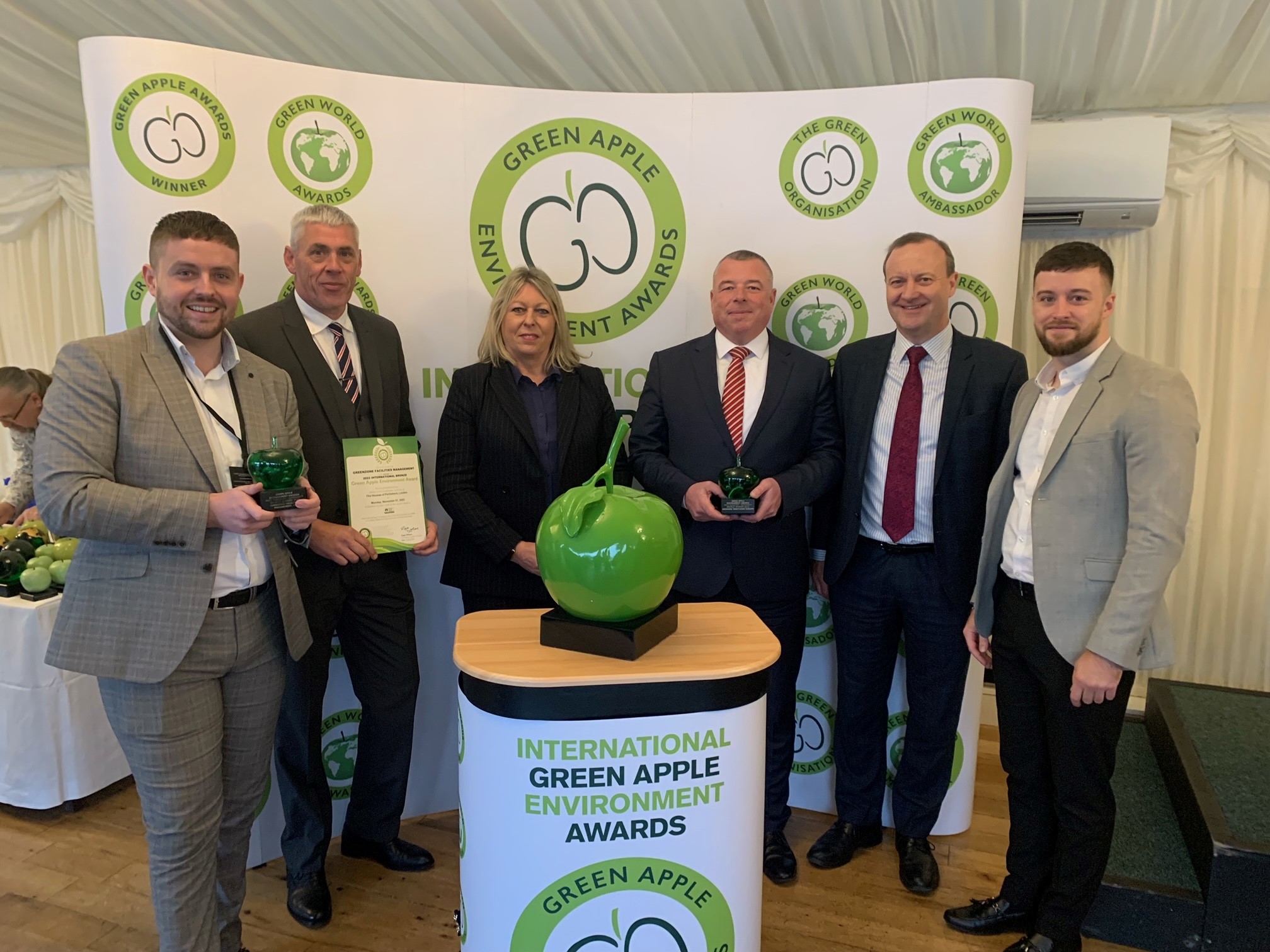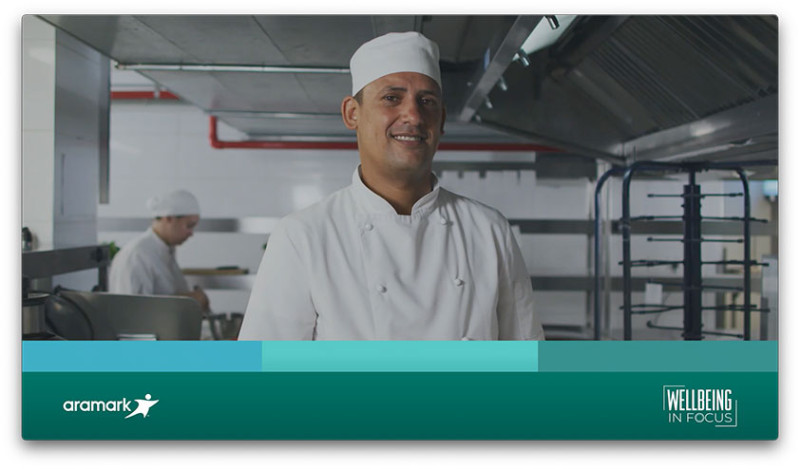From Arbroath smokies and Scotch whisky to the love-it-or-hate-it haggis, Scotland’s food and drink is worth shouting about. Scottish Food & Drink Fortnight reckons so too, dedicating two weeks to celebrating the best and most exciting local grub the country has to offer.
Here, we’ll fill you in on everything you need to know about the food festivities, along with a run-down of some of the country’s best-loved dishes to get the old appetite going. Spoiler alert: no deep-fried Mars bars here.
What is it?
Running from 2 September to 16 September, Scottish Food & Drink Fortnight is an annual celebration of Scotland’s fare, giving retailers, restaurants, and producers a chance to showcase the country’s finest cuisine.
When the two weeks are up, organisers hope to spark more support and passion for Scottish produce throughout the year. And, of course, there’s plenty of opportunity for the rest of us to enjoy Scotland’s favourite dishes too – even if you’re on the other side of the border!
What else do I need to know?
To spread the news of Scottish food and drink far and wide, organisers are encouraging anyone that grows, cooks, or sells in Scotland to get involved by hosting events, workshops, and tastings, as well as launching new products and collaborating with other businesses.
And because every meal, menu, and ingredient has a story behind it, this year’s theme, #StoriestoSavour, gives everyone the chance to tell their tale.
With help from the hashtag, sharing stories of what makes Scottish products, the people that grow them and the regions they come from unique, is easy. Why not take a look and see what’s on offer near you?
Scotland’s best-loved dishes
All sorts of delicious Scottish dishes will be rustled up over the next fortnight, from old favourites to fresh new fare to tempt the tastebuds.
For now, though, here’s a look at some of Scotland’s most iconic grub…
Haggis
No shortlist of Scottish scran would be complete without haggis. It’s not the best-looking dish and doesn’t exactly sound appetising, but it is most definitely a Scottish tradition.
Up for sausage meat, sheep’s innards, onions, herbs and oatmeal, boiled in a sheep’s stomach? There’s only one way to find out…
Neeps and tatties
Haggis has to be served up with something, and there’s no better accompaniment than neeps and tatties. This Scotch classic comprises mashed swede and mashed potatoes, but with haggis by its side, it becomes the “Burns supper” – a hearty plate that’ll fill you up good and proper.
Cullen skink
This weird-sounding soup is actually a delicious combo of smoked haddock, potatoes and onions. Thick and creamy, it takes its name from Cullen, the northeastern coastal village it originates from, and skink, the Scottish term for cattle shin or knuckle.
The story goes that the dish was first made with beef. But when meat became scarce, smoked haddock was used as a replacement. So, though it became a fish soup, the skink stayed.
Arbroath smokies
Made the same way since the 1800s, Arbroath smokies are haddocks that have been salted overnight to preserve them, before being grilled for an hour over a scorching hot and very, very smoky fire.
They’re usually served as breakfast with hot buttered toast, as well as in soups or chowders.
Stovies
Stovies is a hearty, potato-heavy dish that’ll stick to your ribs. Big chunks of potato, carrots, onions and meat are chucked in a pot, slow stewed with lard or butter, and served with oatcakes to mop everything up. What’s not to like?
Tablet
It might look like fudge – and taste just as sweet – but tablet’s texture is its biggest giveaway. Semi-hard and brittle, it’s a mixture of sugar, butter and condensed milk heated until it crystallises.
It’s usually flavoured with vanilla, but you can also find varieties with whisky too. For those with a sweet tooth, this is a real treat.
Cranachan
Called “the uncontested king of Scottish dessert”, Cranachan serves up spoon after spoon of cream, Scottish oats, whisky and the best bit: fresh seasonal raspberries. It’s traditionally served at Christmas and on special occasions, but we wouldn’t argue with it being served all year round.
Enjoyed this run through of Scottish favourites? To celebrate Scottish Food Fortnight, be on the lookout for a range of classic Scotch dishes on our upcoming menus. See what’s on offer by tapping the menu in your SidebySide app.



